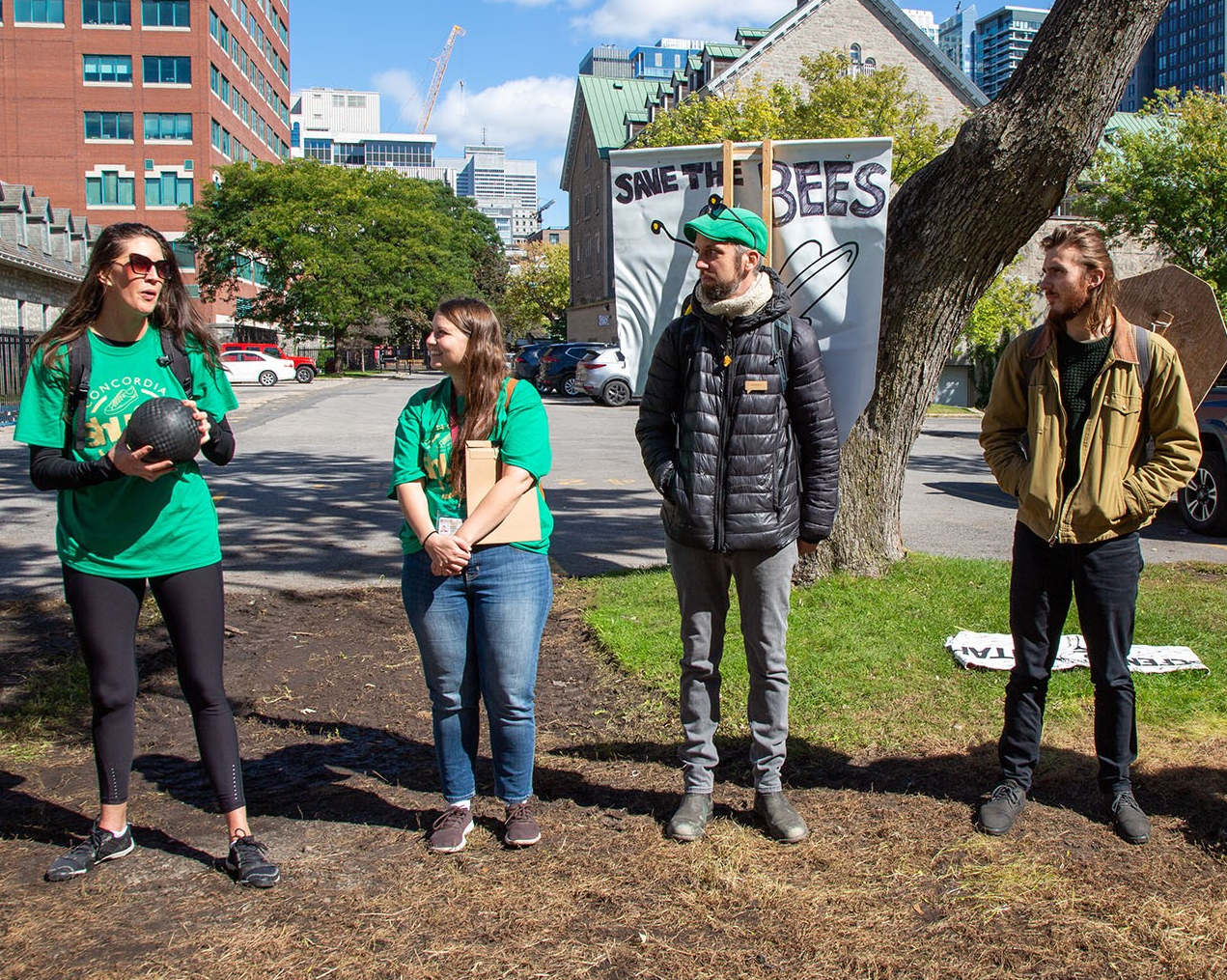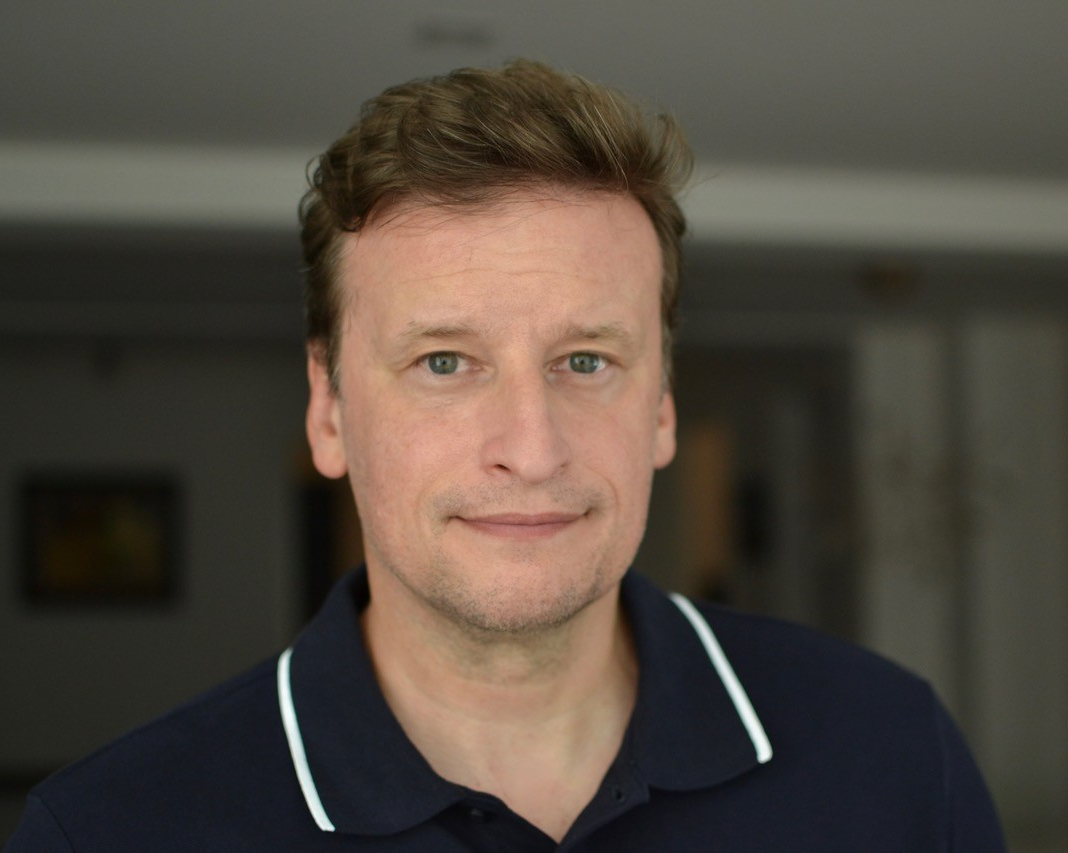Meet Jacky Blisson, a newly crowned Master of Wine
 Jacky Blisson, BA 02, is one of 409 Masters of Wine in the world.
Jacky Blisson, BA 02, is one of 409 Masters of Wine in the world.
To understand just how exclusive a club the 65-year-old, U.K.-based Institute of Masters of Wine is, consider this number: 409.
That’s how many people have passed the Masters of Wine (MW) program worldwide, including, most recently, Department of Communication Studies alumna Jacky Blisson, BA 02.
In her quest to become an MW, Blisson had to embark on a gruelling program of study.
The years-long undertaking included exams on topics like viticulture, oenology, quality assurance, wine marketing and commerce, and, perhaps most importantly, tasting.
The culmination? A 10,000-word research paper.
We recently caught up with the popular YouTuber to get a behind-the-scenes look at the MW program, her general thoughts on the world of wine and some advice on what to drink and where.
Take us with you to the MW tasting exam. What’s it like?
Jacky Blisson: Everyone is poured 12 wines blind and those wines are divided into groups of two or three that have some commonality. You have questions that you need to answer in long, written form, about each of the wines. You have to assess grape variety, region, quality level, commercial potential — things like that. But it’s not so much a question of getting the wines right or wrong. It’s how you reason your answer.
The research paper you wrote was on the Ontario wine industry. How would you assess the state of Canadian wines?
JB: There are really exciting things happening here. The quality has skyrocketed over the last 25 years. We just need to get more of the domestic population behind it.
Favourite Canadian producers?
I love the sparkling wines from Nova Scotia, especially Lightfoot & Wolfville. In Ontario there’s a producer in Prince Edward County called Hinterland that makes really great sparkling wine. Summerhill in British Columbia is also great for sparkling.
For still wines, Thomas Bachelder, BA 81, is doing great things in Ontario. Here in Quebec, there are some super whites and rosés from a producer in the Oka valley called La Cantina.
What are your thoughts on the natural wine movement?
It’s a tricky topic because there are no official rules on what makes a natural wine. But it’s pushed winemakers to consider how they’re making wine and to think of it less as a manufactured product. Overall that’s been a good thing. So I applaud the movement and the philosophy behind it, but what I don’t like are the hardcore fanatics.
What was the first bottle of wine that made a big impression on you?
A 1982 Château Léoville Las Cases. My father opened it in 2004, the night before I left for Burgundy to do my first wine course.
Favourite restaurant wine list in Montreal?
Favourite wine regions?
Burgundy and Champagne.
A wine region that may surprise some people?
Ontario, honestly. I think people would be really surprised if they went out to Prince Edward County or Niagara and discovered what’s out there.
Do you have a bottle stashed away for a special occasion and, if so, what is it?
I did, for when I got the official call to let me know that I was a Master of Wine. It was a bottle of vintage 2002 Bruno Paillard Nec Plus Ultra champagne. We also have bottles from our children’s birth years that we open on their birthdays.
Three good, affordable bottles people can find at the SAQ?
- Esterhazy Klimt Burgenland 2019 ($15.15), an Austrian Grüner Veltliner, is one of the best value white wines.
- Cave Spring Riesling Dry Niagara Peninsula 2017 ($15.95) is perfect for pre-dinner sipping.
- Vintage after vintage, Yves Cuilleron Collines Rhodaniennes Les Vignes d’à Côté 2018 ($18.80), a Syrah from the Northern Rhône, never disappoints.
Three splurges?
- This gem from Bierzo, Spain — Raul Perez Ultreia 2016 ($29.60) — is elegant and fresh.
- Pascal Doquet Horizon Blanc de Blancs Brut ($59.75) is a champagne that blows similarly priced big brands away.
- Finally, the Château Poujeaux Moulis-en-Médoc 2016 ($67), from one of my favourite Bordeaux estates, has wonderfully complex aromas. It does need a few years of cellaring, though, to show its best.




